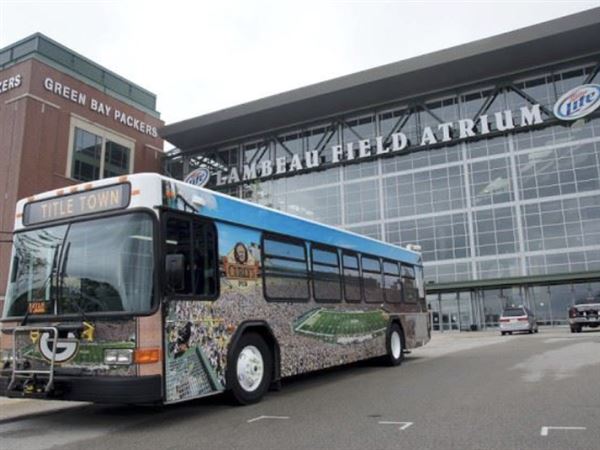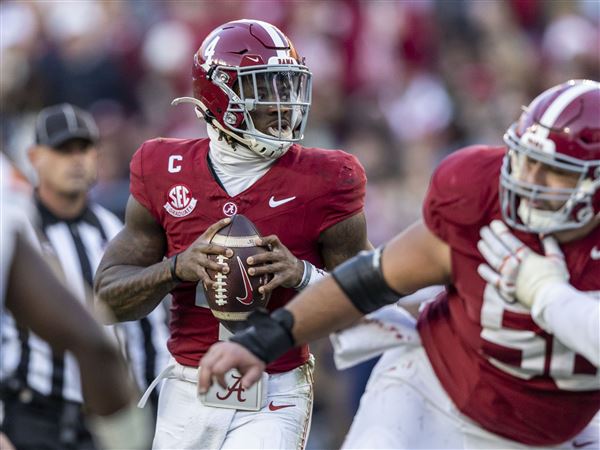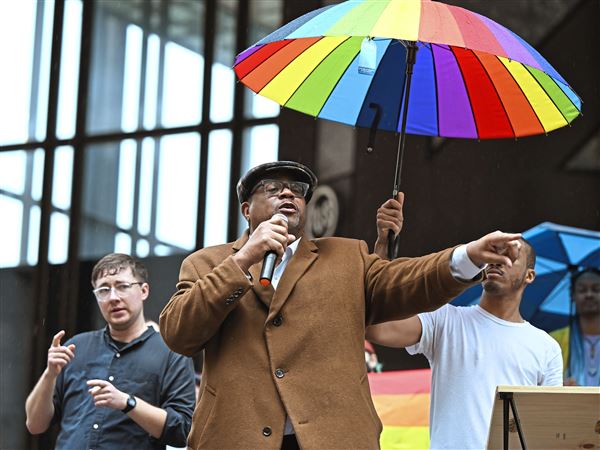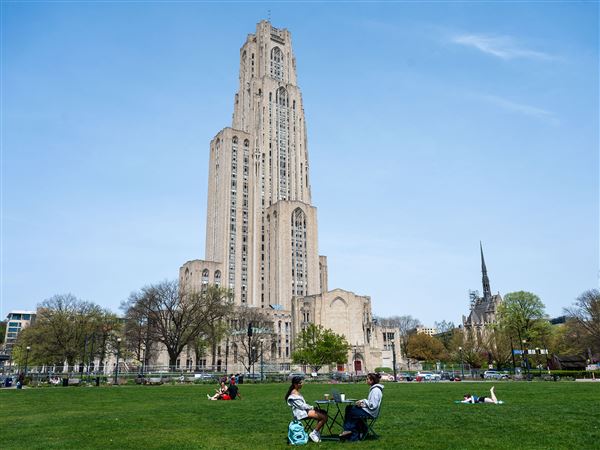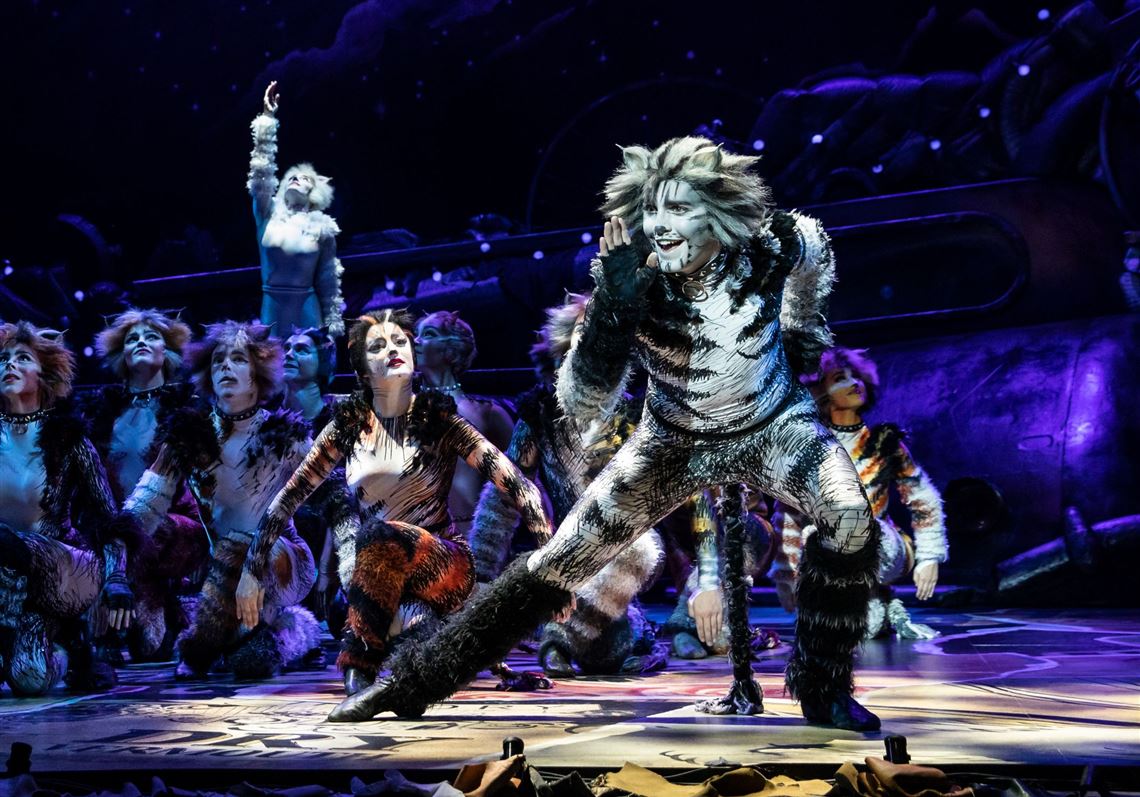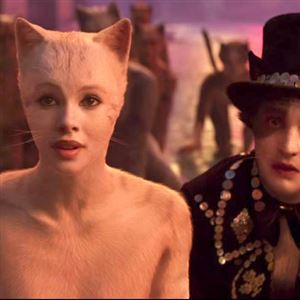Where: PNC Broadway in Pittsburgh at the Benedum Center, Downtown.
When: Feb. 25-March 1. 7:30 p.m. Tuesday-Thursday, 8 p.m. Friday, 2 and 8 p.m. Saturday and 1 and 6:30 p.m. Sunday.
Tickets: $33-$145; trustarts.org or 412-456-4800.
Lighting designer Natasha Katz, winner of six Tonys Awards, was on the phone recently to talk about “Cats” — no, not that “Cats.” The cat is already out of the bag on the film adaptation.
This chat was about “Cats,” the stage musical” — the one that began by spending 18 years and 7,485 performances on Broadway.
The lighting, along with choreography by Andy Blankenbuehler (“Hamilton”), are among new elements in the national tour that takes the Benedum Center stage Tuesday through Sunday.
Ms. Katz got her start in 1982, at age 24, as lighting designer for a typically whirlwind Pittsburgh CLO summer season.
Flash forward to Nov. 18, 2019, when she was inducted into Broadway’s Theater Hall of Fame, for lighting some of Broadway’s biggest shows and stars. She has 14 Tony nominations, including a win for the Van Kaplan co-production of “An American in Paris.” Other shows include Disney musicals such as “Beauty and the Beast,” “Aladdin” and “Frozen”; and Tony winners “Once” and the stunning 2014 revival of “The Glass Menagerie,” in which the set appeared to float on a sea of black water.
“My time in Pittsburgh absolutely formed who I became as a lighting designer,” said Ms. Katz, a New Yorker who came to Pittsburgh for two CLO seasons at Heinz Hall as her career was getting started.
She came into a system already in place, handed down from Ruth Roberts, who recommended her for the job, and Susan Stroman (“The Producers”), who went on to a pretty good career of her own.
“Computer boards were sort of new at the time; they started in 1977, and Will Dennis was the person who would do all the computer programming into the lighting board. Is he still there?” (Mr. Dennis is a Benedum stage technician and electrician.)
“These people were so important to me, you have no idea,” she recalled.
She described how, at the time, “We would program the show blind into the lighting board, based on what I saw in rehearsal. So when the first cue would come up, there would be lights in many of the wrong places and I would edit rather than start from scratch.”
She also would spend time in the scenic shop, perhaps asking for more blue in a backdrop, and learned to make choices in a snap for “shows that were enormous, and they were of Broadway quality.” Working with the “amazing” Pittsburgh stagehands union also was a lesson that helped her transition to New York City.
Eventually, the conversation turned to “Cats” — “Such a different beast” from other productions, she said with a laugh — and other shows that illuminate the work of one of Broadway’s busiest lighting designers.
Katz on lighting performers in head-to-toe costumes and makeup: “In some ways that aspect of it is easier, because there is so much makeup on their faces, so it’s more defined by the makeup artist than the lighting. The hard part is, who’s who? It’s like, pick up the cat, the yellow one, but wait — there are three yellow ones. Or pick up Bombalurina [the glam cat]. But from the point of view of making each person’s face look beautiful in the context of the piece, in this particular case, it was actually easier.”
On lighting a variety of skin tones: “I spend so much of what I do as a lighting designer making people’s faces look true to their color, I guess would be the best way to put it. So I did ‘Frankie and Johnny’ this year, and Audra McDonald is dark and Michael Shannon couldn’t be whiter. They come together, they kiss, they embrace each other. ... So that was challenging. But there’s always a way — always.”
On how this tour is different from the original “Cats”: “Although the set is similar and the costumes are essentially the same, the lighting is very different. Andy Blankenbuehler changed a lot of the choreography and a little bit of the story has changed, so certain cats are more important in the story. There are a lot of moments where the lighting takes your eye somewhere. It’s a little like film editing, where the rest of the stage goes dark and there’s a special on somebody, because we’re trying to tell the story of that particular cat.”
“On ‘The Glass Menagerie’ revival”: “There’s the issue of it being a memory play. [Director] John Tiffany was very specific, and [set designer] Bob Crowley, I’ll just call him a genius. So when Tom [Green Tree native Zachary Quinto] was talking about a memory, the memory was in warm light and he was in cool light ... There was a lot of that in that show.”
On how technology has changed lighting design: “Sometimes the show pushes you to come up with a new lighting idea and then the technology is moving so quickly, you can use it to change the nature of the show. Going back to ‘The Glass Menagerie,’ remember all that black water? It was inky black, and ... it needed to have stars seen on the water. It seemed so simple that we would project stars onto the black ink with pinpoints of light. No problem, right? Except the water was so black, the light disappeared. So then we thought, OK, we’ll put lights inside, so it would look like stars were emanating from the water. But the little lights at the bottom couldn’t shoot past the blackness. So we were really stuck, and this was an important idea for the show. Then we finally took fiber optics and they just lived at the top of the black water. So we got two great things out of it: We saw the lights and they also were reflected onto the blackness.”
On a complex show like Disney’s “Frozen,” how many light cues does it have?: “There are probably 500 I’d guess. ... There are so many different scenes and so much projection that the lighting has to really enhance it ... It’s very collaborative in all the best ways, because if I’m unable to re-create on the people what’s happening on the LED wall, then they have to rejigger things and figure out something that we are both able to do.”
On the biggest change in lighting: “These moving lights, the robotic lights, that you can control from a desk … so one light can have 500 focuses in any color that you want, soft or hard. That’s where scenery has been able to evolve. We don’t take up as much room overhead, so we’re able to fly in more pieces of scenery. Lights used to be designated to one scene, but now one light can be designated to every single scene in “Frozen.’ It’s absolutely a revolution in the world of lighting.”
On how lighting design would seem to be a welcoming theater space for women: “Because of the generation I come from, when I became a lighting designer, it was very much a women’s profession. There were Jean Rosenthal, Jennifer Tipton, Tharon Musser, Beverly Emmons, Peggy Clark, Arden Fingerhut, … so many women at the time. So I essentially joined the profession when there were no gender issues. But then, as the years have gone on, and I don’t know why, but it’s become more of a male-dominated business. There are some people who joke it’s because now they pay better.”
CATS — Andy Blankenbuehler Interview from The Pittsburgh Cultural Trust on Vimeo.
Katz on “Cats,” the final word: “A lot of people have called it these little vaudeville pastiches, and that’s what it is. Every single number has its own signature look to it through lighting, and that was very exciting to work on. Cameron Macintosh, Andrew Lloyd Weber, Trevor Nunn and Andy Blankenbuehler were all in the room together. That’s so much history all collaborating, and that was very exciting. “And the other thing is, it’s just a fantasy of fun. It’s one of my favorite shows that I’ve ever worked on, I have to say. It’s cats, in a junkyard … nothing realistic about it. So that’s just fun.”
Sharon Eberson: seberson@post-gazette.com or 412-263-1960. Twitter: @SEberson_pg.
First Published: February 24, 2020, 2:49 p.m.
